Image Gallery: Sneezin' Snub-Nosed Monkeys
Snub-Nosed
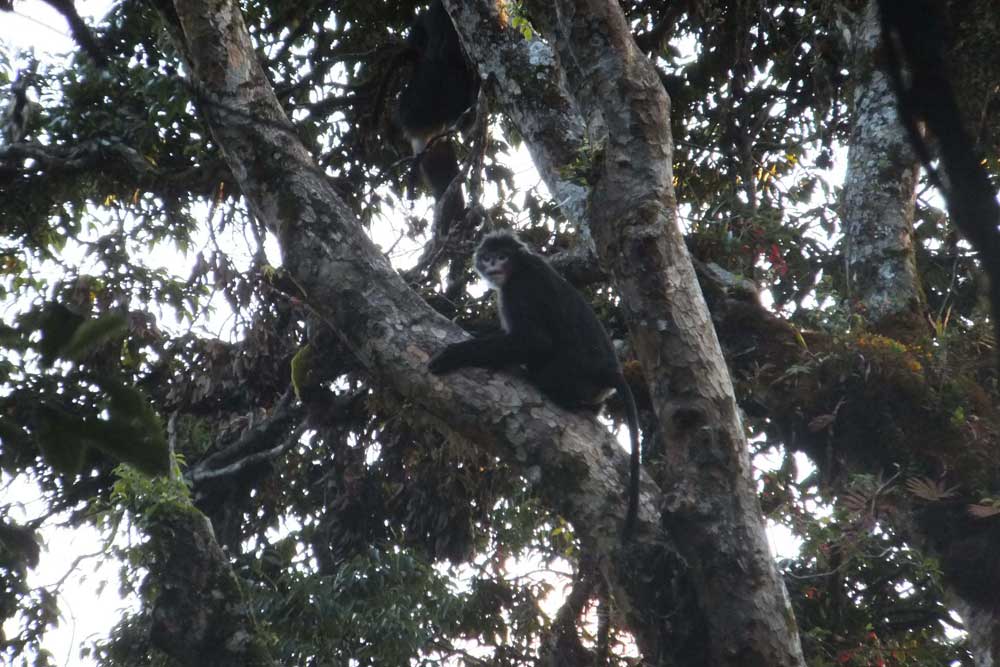
A female snub-nosed monkey, whose photo was snapped by a local forest ranger Liu Pu in a patch of evergreen broadleaf forest near Pianma in China's Yunnan province.
Upturned Nostrils
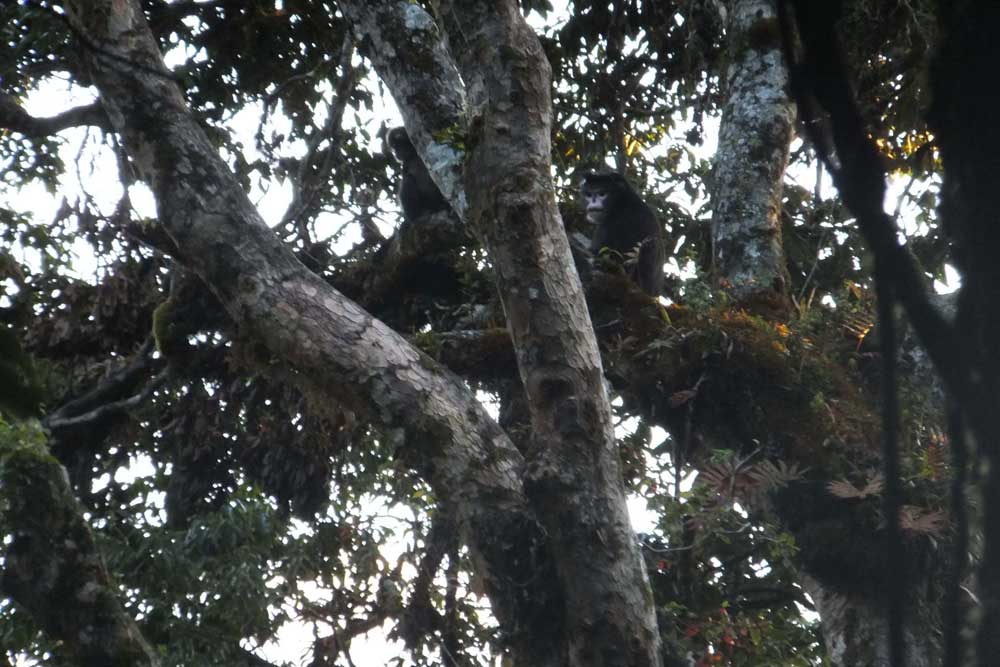
Snub-nosed monkeys (a male in China shown here) have such upturned noses it is said water gets caught in their nostrils. Result? Audible sneezes. Locals say the monkeys hide their heads between their knees during drizzles to keep water out of their noses.
Snubby Map
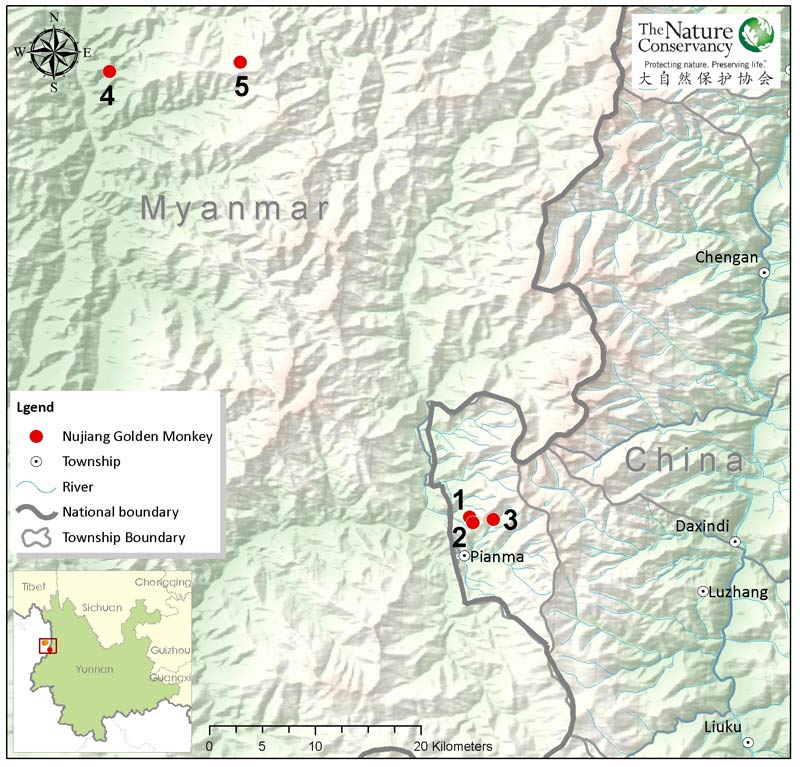
The snub-nosed monkeys have been spotted at various sites in the Sino-Myanmar border area.
Sneezin' in the Rain
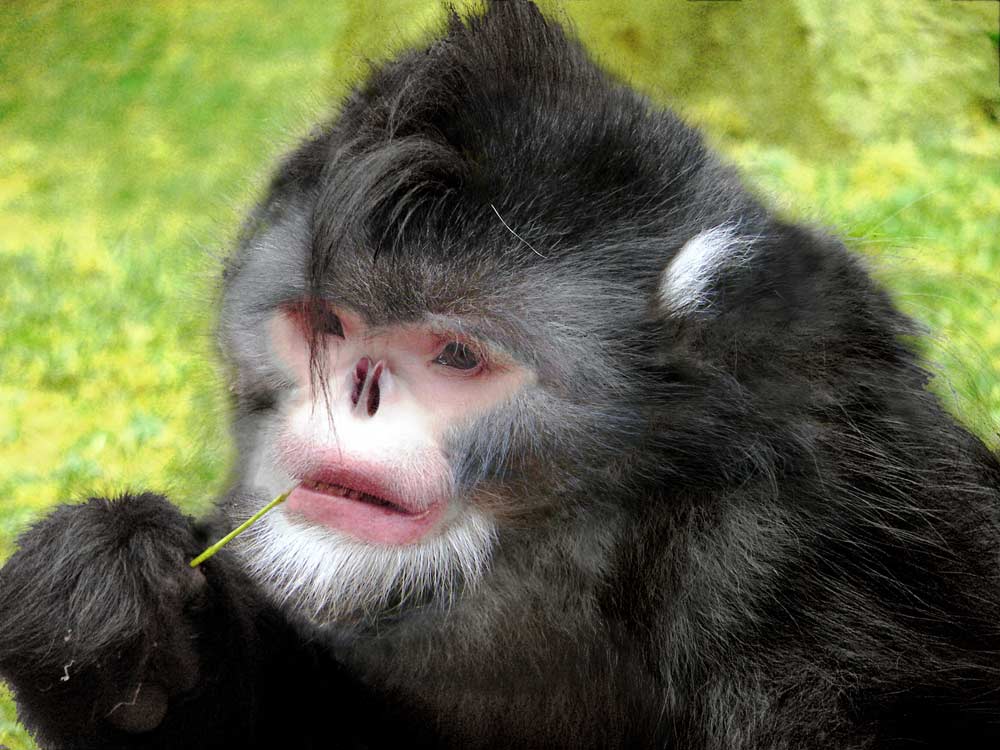
A previously unknown type of snub-nosed monkey, discovered in northern Myanmar and dubbed Rhinopithecus strykeri, has a nose so upturned that the animals sneeze audibly when it rains. To avoid inhaling water, the monkeys supposedly sit with their heads tucked between their knees on drizzly days, according to local hunters. The species, shown here in a Photoshop reconstruction based on a Yunnan snub-nosed monkey and a carcass of the newly discovered species. [Read more about this sneezing monkey]
Black Snub-Nosed Monkey
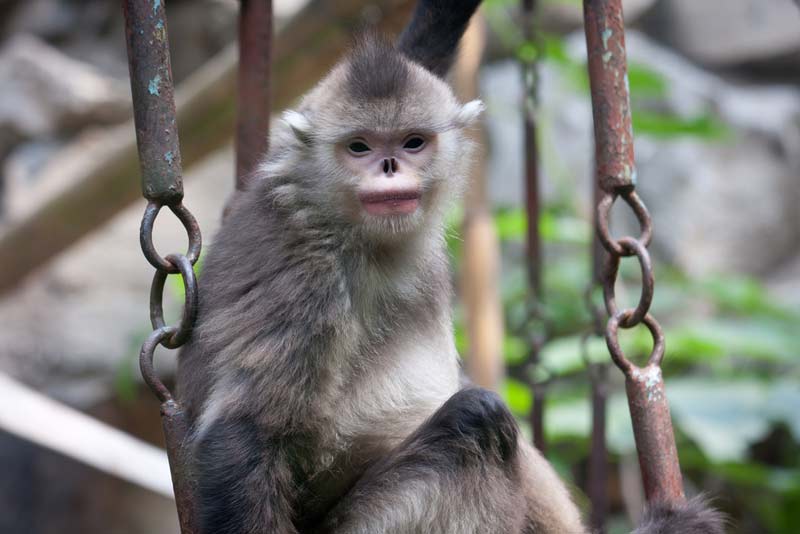
There are currently five Rhinopithecus, or snub-nosed monkey, species known to exist. Shown here, the Yunnan snub-nosed monkey, or R. bieti.
Get the world’s most fascinating discoveries delivered straight to your inbox.
Jeanna Bryner is managing editor of Scientific American. Previously she was editor in chief of Live Science and, prior to that, an editor at Scholastic's Science World magazine. Bryner has an English degree from Salisbury University, a master's degree in biogeochemistry and environmental sciences from the University of Maryland and a graduate science journalism degree from New York University. She has worked as a biologist in Florida, where she monitored wetlands and did field surveys for endangered species, including the gorgeous Florida Scrub Jay. She also received an ocean sciences journalism fellowship from the Woods Hole Oceanographic Institution. She is a firm believer that science is for everyone and that just about everything can be viewed through the lens of science.


